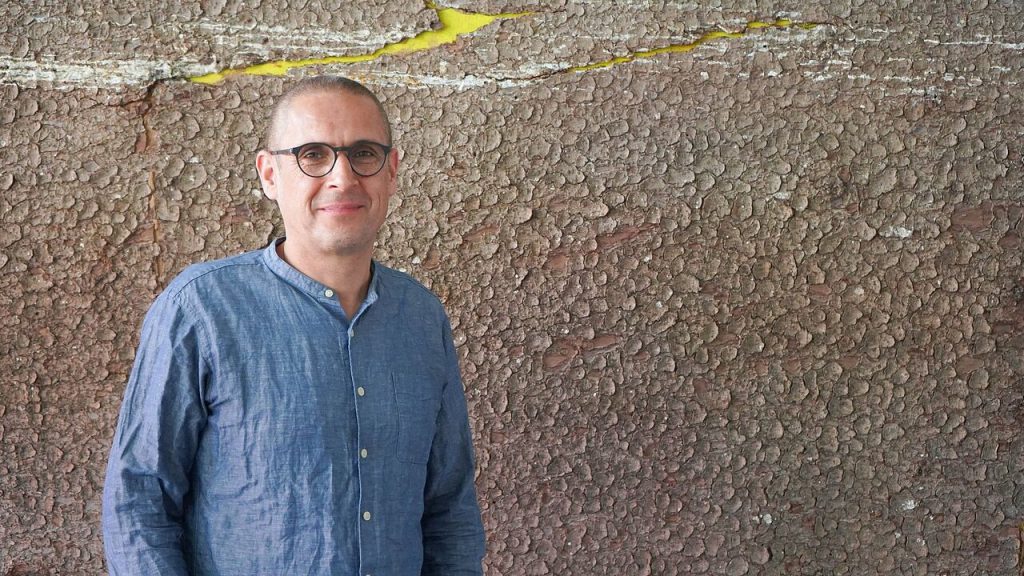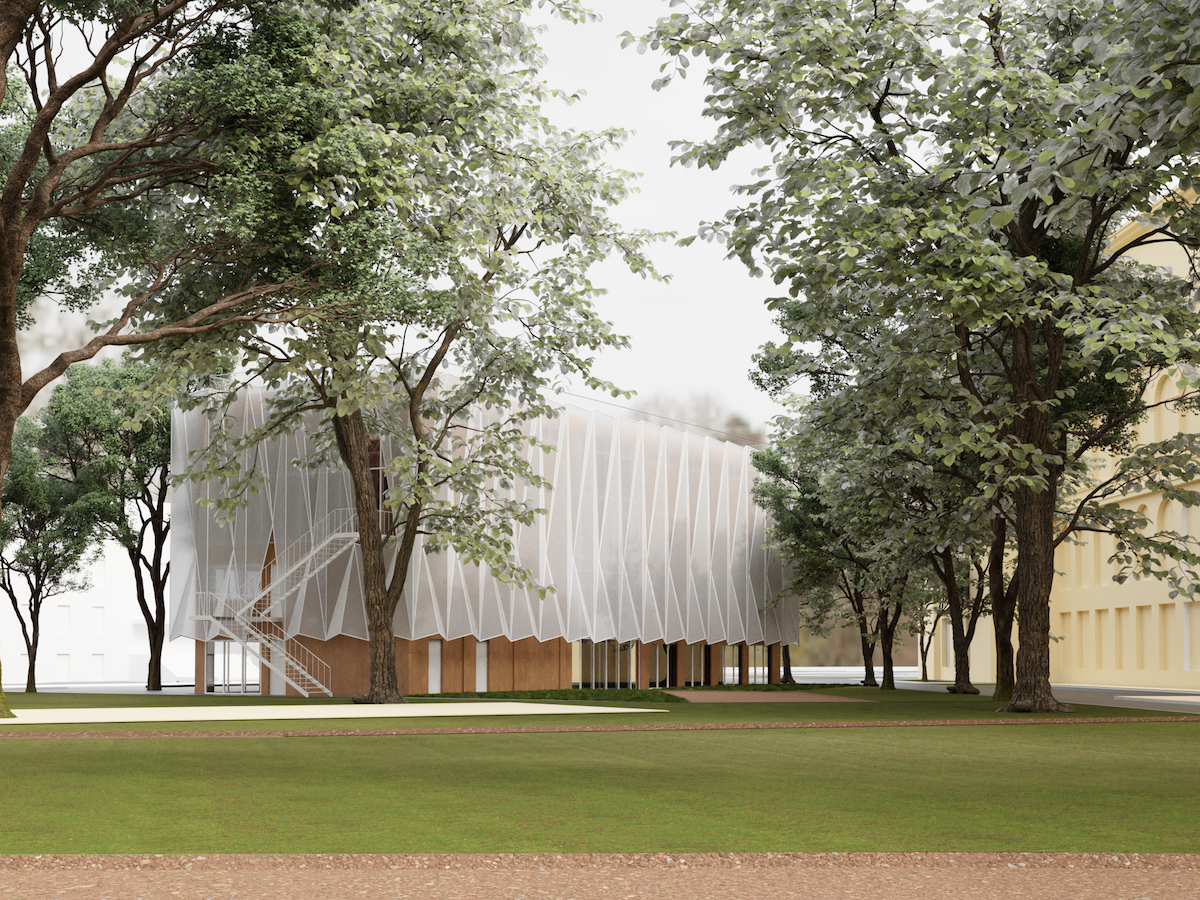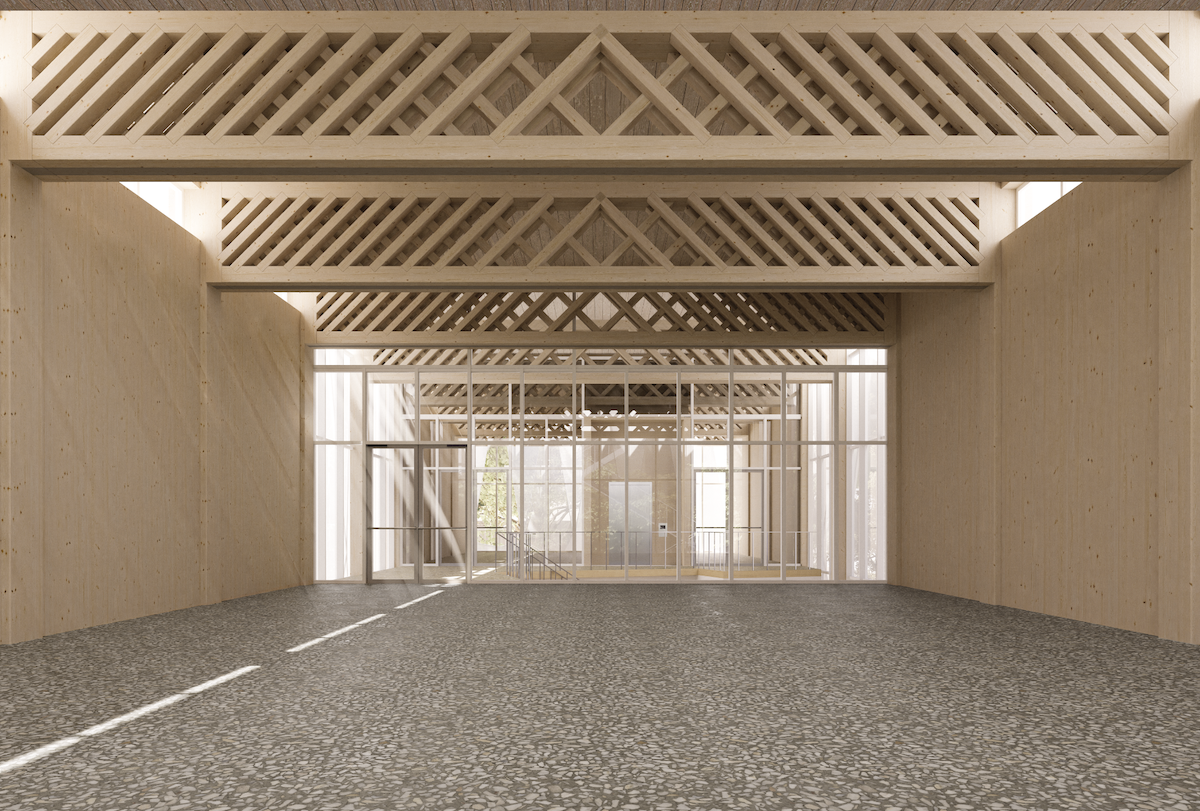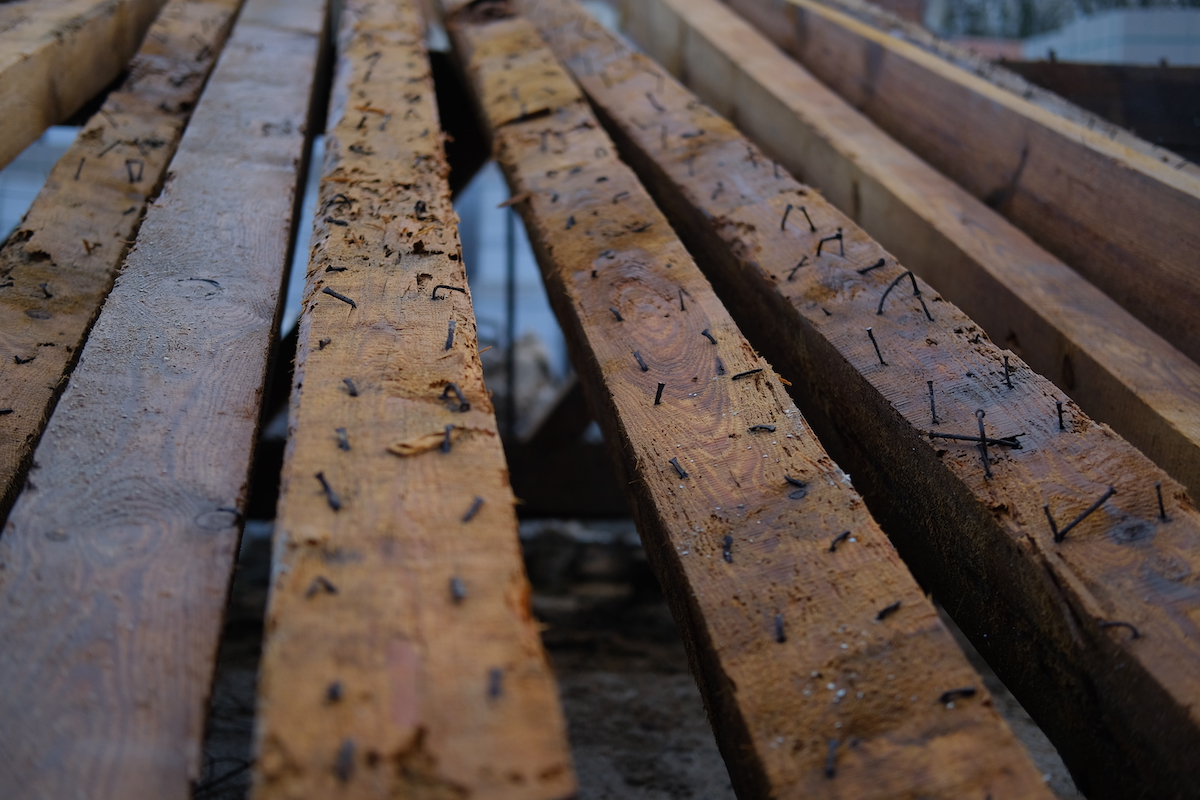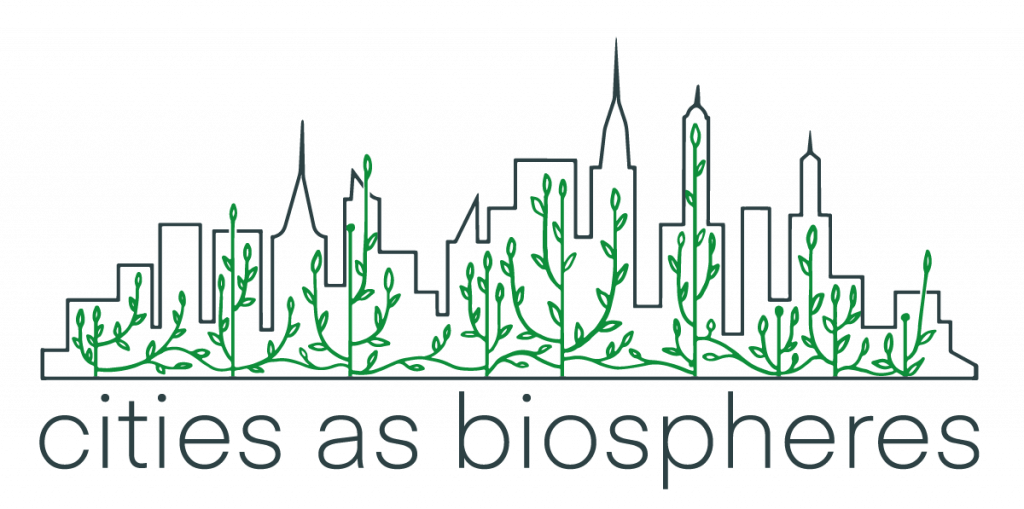
hello
In our interview/podcats series for “cities as biospheres” – an art-driven innovation lab to reduce carbon emissions and other materials harmful to the environment in our cities – I’ve spoken with Eike Roswag-Klinge. Eike is professor at the Technische Universität (TU) Berlin, and is partner at ZRS Architekten in Berlin.
I’ve asked him the following questions:
- 40% of carbon emissions in cities are caused by buildings. How can we raise awareness for this fact?
- what role can architects play in this? Assuming they usually follow what their clients wants?
- what role can city developers/planners play in “greening” the concrete jungles of our cities?
- do we need laws?
- art-driven innovation is something which is practiced in some fields, especially in technology. What is your opinion what artists can contribute fo “greening” the concrete jungles of our cities?
- looking back at your work, which projects had the most significant impact on reduction of carbon emissions and other materials harmful to our environment ?
- what are your best practices when it comes to “green” architecture which already exist?
- If we look at the curriculum for architects, will “green” architecture ever have an important place in there?
Listen what he had to say. Below I’ve summarized his main statements.
hello Eike’s main statements:
EIKE’S STATEMENTS
- [01:20] Carbon emissions are in the general awareness, yet we need to take the right steps and start implementing solutions. We are another 10-20 years away to replace the most toxic materials with ecofriendly products.
- [03:35] We know since many years that the use of concrete is the major source for carbon emmissions in the construction industry, yet we refuse to build with natural materials. In contrary, the amount of concrete used is still increasing!
- [04:35] In Europe the population is decreasing; we don’t need to build MORE houses. Instead we need to transform our buildings in smart ways and change our business practices.
- [05:40] Architects could play an important role in this transformation process but there is a lack of knowledge and inspiring examples.
- [07:50] A small progressive group of decision makers in the government is open for new solutions and approaches, yet the number of open questions outpass the actions.
- [08:20] We will need strong laws for this transformation phase.
- [09:40] Art brings in a completely new way of looking at things and to tell meaningful stories which can take society along new ways. We definitely should use this potential.
- [12:25] Innovation is NOT that costly. Even if natural materials are more expensive to buy and work with, their use pays off longterm. Longterm natural materials do reduce environmental costs and we need to include this longterm perspective in our calculations.
- [13:40] Environmental architecture comprehends max. 5% of the architecture curriculum at the universities. It is way too less and the implementation way too slow.
- [14:20] We need a shift in the work of the design studios from NEW construction to EXISTING construction.
hello
AN EXAMPLE OF EIKE’S WORK
Eike is set to start with the construction of a museum pavilion on the TU Berlin campus. This building is an example of planning and building within planetary boundaries.
- it is based on the principle of circular construction.
- the supporting structure will be made of reclaimed wood >>> extracting resources from the Earth is avoided as much as possible.
- the foundation will be made from recycled materials rather than concrete >>> reduction of quantities of CO2.
- it helps to save resources – particular in the operation of the building.
hello
